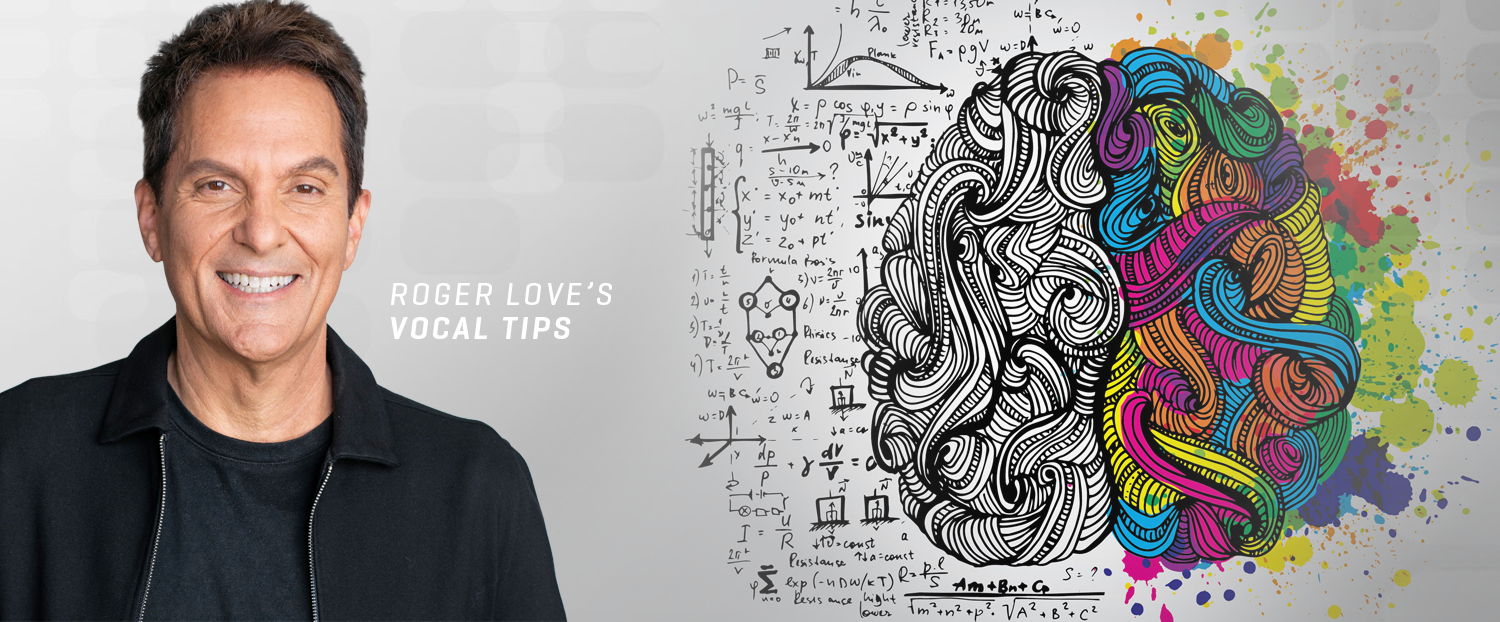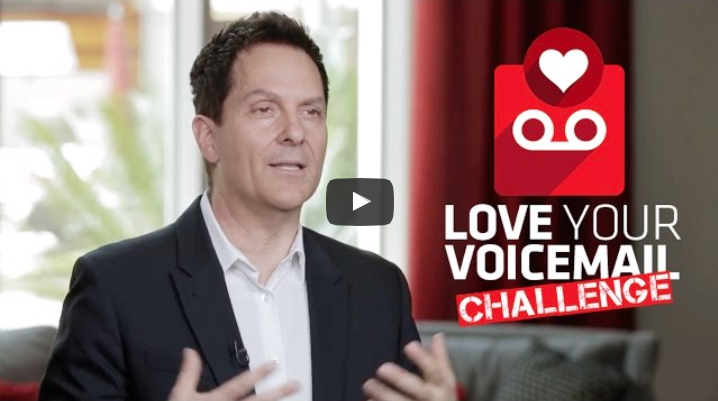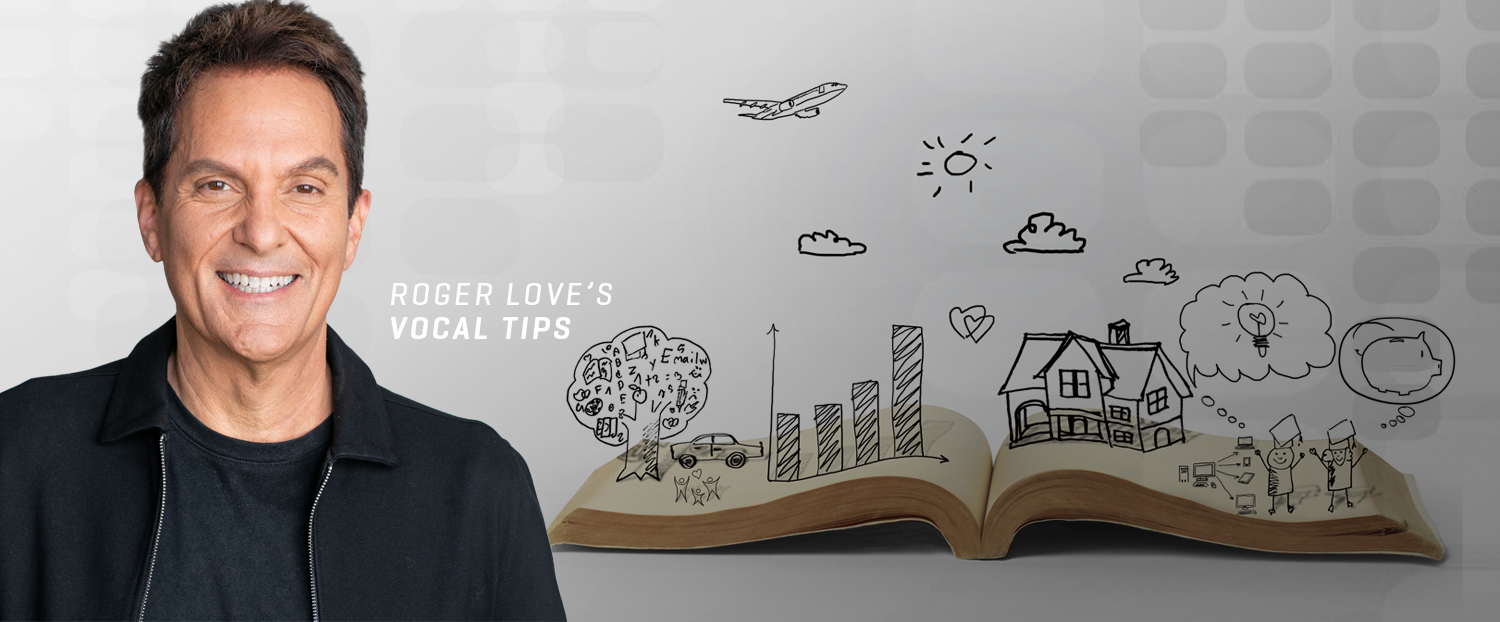The most successful speakers emotionally engage their listeners. They’re the ones who you just can’t seem to pull your attention away from. And it doesn’t even matter what they’re saying. They could be talking about the weather or pitching a deal, chatting about sports or offering the next cure for world hunger. They’ve got you so captivated, you feel like they’re reading tomorrow’s lottery numbers!
So, I want to give YOU that ability. I want to make it so that you know exactly what to do with your voice, your body, and your words in every conversation you have. Just imagine what your life could be like if every conversation you have ends the way you want it to.
Well, the goods new is, science is one big step closer to giving us the formula for how to do that.
I’m excited to tell you about a brand-new, cutting-edge scientific study from the Yale School of Management, because I know it’s what you need to hear. Just published in the 2017 American Psychological Association, “Voice-Only Communication Enhances Empathic Accuracy,” by Michael W Kraus of the Yale School of Management is, “the first, in our estimation to find evidence suggesting that voice-only communication enhances empathic accuracy above that observed in communication across senses.” The research project included five experiments and involved more participants than studies on similar topics in the past.
I broke down each of the experiments and outlined what it means for the next time you open your mouth to speak:
The Big Picture Summary
 [apss_share]
[apss_share]
Voice-only communication is more accurate than visual alone or voice + visual, when it comes to determining a speaker’s emotions because, according to the study:
- Voice + visual (like watching a video) distracts us from paying attention to voice delivery and divides our attention among all the communication cues.
- Voice (audio) packs a punch when it comes to giving both content and delivery cues to our listeners that they can use to understand emotions.
Why Does Emotional Accuracy Matter?
You’ll notice that all five experiments focus on “empathic accuracy.” Basically, that means how well your listeners can tell what emotion you’re feeling or expressing while you’re talking.
But in your day-to-day life, what difference does emotional accuracy really make?
Well, being able to accurately express emotions (and perceive how someone else is feeling) is a big advantage when it comes to social skills, like navigating complex political organizations or social networks. Judging emotions plays a role in knowing how to respond to a conflict or a request from someone we love. And being good at determining someone’s feelings helps us know the right way to approach a sale or make a request.
Most importantly, emotions play a key role in decision making. Even the people who claim to be “totally rational” make decisions based on emotion and then judge or justify those decisions based on logic. As a speaker, you have to emotionally engage your listeners if you want them to choose you, remember you or do what you say.
What These Findings Mean For Speakers
- Scientific support that voice-only communication is a more accurate way to judge a speaker’s emotions than voice + video means picking up the phone may be the best way to communicate with someone, especially when you want to emotionally move them to buy, act, donate, or support you.
- The tone of voice (building blocks, as I call them) matters more than the words themselves, according to the study. For support for this, check out Experiment 5 where a voice-only robot read transcripts of a conversation and listeners were the least able of all groups to accurately tell the conversation partner’s emotions. They were even less accurate that the video-only (no sound) group!
- The Kraus research shows that accurately judging emotions is not about the quantity of information (cues) our brain picks up. Actually, accurately judging a speaker’s emotions comes down to paying attention to their delivery, the sounds their voice makes.

This exciting new research shows just how powerful your voice is when it comes to emotionally connecting with others when you speak. That’s a big deal, because it means you can stop worrying so much about the words you say and get even better outcomes from every conversation you have, just by getting better at making the right sounds with your voice.
Are you 100% confident that your voice is communicating the message you want to send, every time you talk? If not, don’t let another communication opportunity pass by. Start improving your voice right now:
Did these findings surprise you? Share your reactions in the comments, below.
Let’s Break Down All Five Experiments
Experiment 1
If you’re in the audience, does voice or voice + visual more accurately communicate your emotions?
Here’s what they asked participants to do: observe 3 sets of two girls teasing each other, then rate how intensively you think each girl is feeling. The goal is to determine which is a more accurate way to judge a speaker’s emotions: voice-only or voice + video?
Outcome: people who only listened to the audio recording of the girls’ conversations were the best able to judge how each girl felt emotionally.
Take-Away for Speakers: if you’re giving a presentation to lots of people who are observing but not directly participating and you want to be emotionally engaging, try using a platform with only audio, like a teleconference or voice-only webinar.
Experiment 2
If you’re in the conversation, is voice or voice + visual a better indicator of the speaker’s emotions?
Here’s what they asked participants to do: actively engage in conversation. At the end, rate your emotions and your conversation partner’s emotions to determine which is a more accurate way to judge a speaker’s emotions: voice only or voice + visual? To test voice-only on its own, half of the participants held their conversations in a dark room with no lights.
Outcome: Again, voice-only was more accurate than voice + visual. Participants in the dark room had the most accurate judgements about the speaker’s emotions.
Take-Away for Speakers: when you’re meeting someone in person to talk, make sure you’ve warmed up your voice and you’re aware of the emotions your voice is portraying when you speak. Since your voice has such great influence over the emotions you’re creating when you speak, an untrained or out-of-shape voice can easily lead to miscommunications.
Experiment 3
If you’re in the audience, is having:
- full view (like in a brightly lit room)
- some view (like through night vision cameras), or
- no view (audio only)
…of the speaker the best way to judge their emotions?
Here’s what they asked participants to do: passively watch the video of the conversation partners in Experiment 2 to determine if voice + audio in the light, voice + audio in the dark, or voice-only (from the dark) is a more accurate way to judge a speaker’s emotions.
Outcome: the participants who received only the audio from the dark room conversations were the most accurate in their judgements of each speaker’s emotions. A SIGNIFICANT difference between accuracy of “darkened room voice + visual” (using night vision cameras) and “darkened room voice-only” shows that voice-only communication enhances accurate judgement of emotions because the underlying conversations were the same.
Take-Away for Speakers: focus more on your voice than your body language or words to emotionally connect with your audience.
Experiment 4:
What is your listener paying attention to when you’re speaking?
Here’s what they asked participants to do: actively engage in 3-minute conversations with strangers over Zoom Conferencing software and determine how you allocate your attention to the different emotional cues (like facial expression, word choice, voice pitch, voice pace, voice volume, etc.).
Outcome: participants in voice-only chats had the most accurate judgement of their partner’s emotions. Participants who had extra visual information (through voice and video) paid an average of 6% LESS attention to speech content and 8% LESS attention to vocal cues than those who only had audio interactions. This is evidence that voice-only interactions are a more accurate way to judge a speaker’s emotions because listeners pay more attention to the vocal cues in speech that convey emotion.

Take-Away for Speakers: when you’re speaking in person, make sure your body language and words are congruent with the emotion your voice is communicating.
Experiment 5:
Which matters more when you speak: what you say or how you say it?
Here’s what they asked participants to do: watch the same teasing interactions from Experiment 1 but add a group who gets the voice-only sample where the transcript is read by a robot (like Siri).
Outcome: Voice-only (audio of the girls’ voices) had the highest accuracy while the robot voice-only sample had the lowest accuracy of them all.
Take-Away for Speakers: it’s not content (WHAT you say), it’s HOW you say it, the linguistic and paralinguistic cues, that most influences whether your speaker feels what you’re feeling or perceives what emotion you’re trying to communicate when you talk.
Get 4 Free Voice Training Videos That Reveal How You Can Discover Your Perfect Voice
By submitting your email address, you agree to receive emails for this training and special offers. Unsubscribe, anytime.





This is awesome! Thank you so much 🙂
It´s awesome thanks